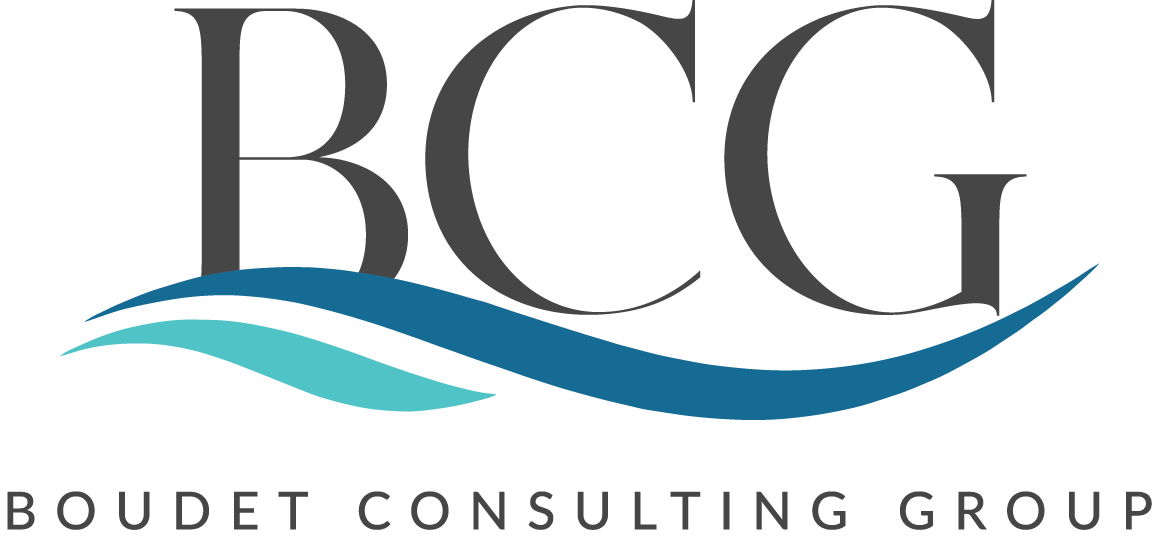Why the SDWA Still Matters — and What’s Changing
Access to safe, clean drinking water is a non-negotiable public health right. In the U.S., that promise is upheld by the Safe Drinking Water Act (SDWA) — the federal law that governs how public water systems monitor, treat, and report on water quality.
Since 1974, the SDWA has evolved alongside science, technology, and emerging risks. Today, it’s facing some of its biggest updates yet — from PFAS regulations to nationwide lead pipe removal.
If you manage or rely on a public water system, here’s what you need to know.
What Is the Safe Drinking Water Act (SDWA)?
Enacted in 1974, the SDWA authorizes the U.S. Environmental Protection Agency (EPA) to:
-
Set Maximum Contaminant Levels (MCLs) for pollutants in drinking water
-
Enforce monitoring, treatment, and reporting requirements
-
Delegate enforcement to states (with EPA oversight)
The law applies to all public water systems, which serve more than 90% of Americans. Private wells are not covered — but they’re impacted by local compliance and watershed health.
Key Milestones & Amendments
1986
-
Lead ban: Prohibited lead pipes and solder in public systems
-
Expanded EPA authority over more contaminants
1996
-
Introduced Consumer Confidence Reports (CCRs)
-
Created the Drinking Water State Revolving Fund (DWSRF) to finance infrastructure upgrades
2018
-
America’s Water Infrastructure Act added requirements for risk and resilience assessments for utilities
What’s New: 2021–2024 SDWA Updates You Need to Know
1. PFAS Regulation (Forever Chemicals)
In March 2023, the EPA proposed the first-ever national MCLs for six PFAS compounds. Final rule expected in 2024.
Implication:
Utilities will need to test for PFAS, upgrade treatment technologies, and report exceedances.
2. Lead and Copper Rule Improvements (LCRI)
Announced in 2021, this update tightens lead action levels and accelerates lead service line replacement — with new public education mandates.
Key changes:
-
More frequent school/daycare testing
-
Required inventory of lead lines
-
Transparency on sampling results
3. $55 Billion in Infrastructure Investment
Under the Bipartisan Infrastructure Law (IIJA), massive funding is now available for:
-
Lead pipe removal
-
PFAS remediation
-
Water system upgrades
-
Rural and disadvantaged communities
🛠️ BCG Water helps clients identify and secure these funds through strategic planning and compliance readiness.
4. Cybersecurity Guidance
New guidance emphasizes digital security for water systems, recognizing the growing threat of cyberattacks on infrastructure.
Operators should review:
-
SCADA access protocols
-
Incident response planning
-
Staff cybersecurity training
Why This Matters for Communities and Utilities
Compliance is about more than paperwork — it’s about:
-
Protecting public health from contaminants
-
Avoiding violations, fines, and reputational damage
-
Qualifying for infrastructure funding
-
Staying ahead of the next regulatory wave
From urban utilities to rural districts, everyone in water needs to understand how the SDWA is evolving — and what actions to take now.
How BCG Water Helps Navigate SDWA Compliance
Our team supports:
-
Regulatory gap analysis
-
PFAS and lead response strategy
-
Consumer Confidence Report (CCR) updates
-
Infrastructure grant applications (e.g., DWSRF, IIJA)
-
Risk and resilience assessments (AWIA compliance)
We don’t just check boxes — we help you build trust, optimize infrastructure, and plan for sustainable, long-term compliance.
Call to Action (CTA)
Want help interpreting how new SDWA rules affect your facility?
👉 Book a Regulatory Review with BCG Water and protect your system and your community.

